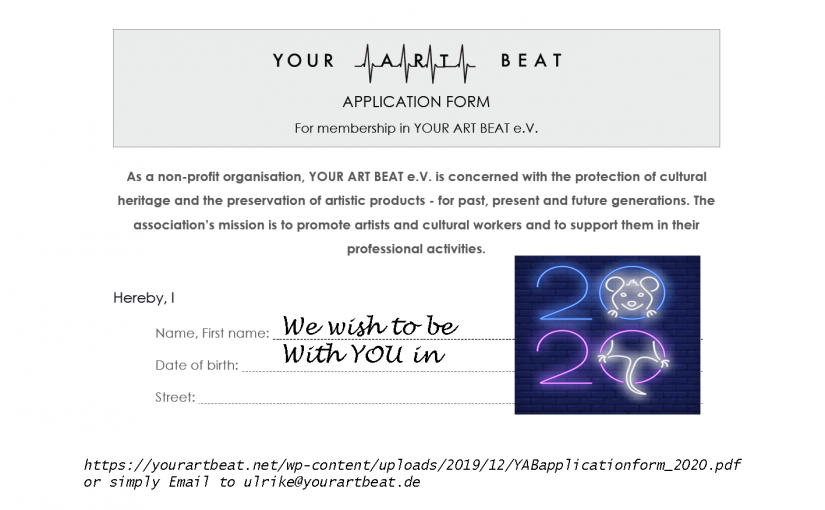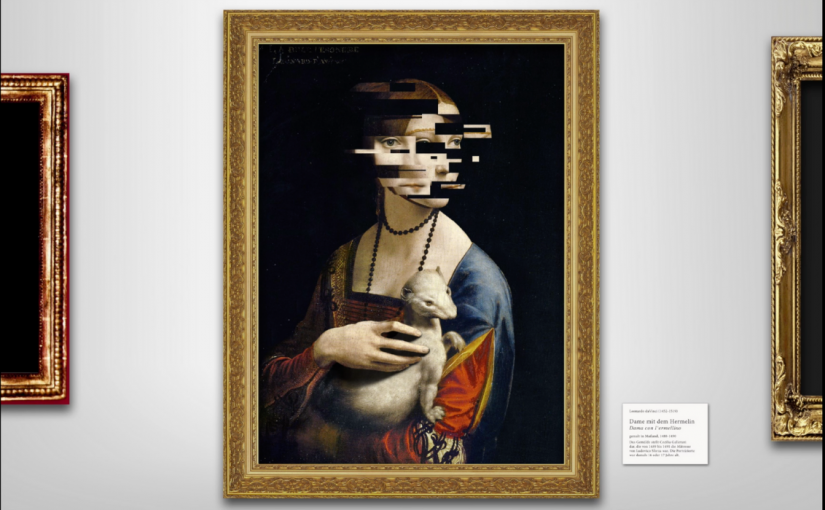OPEN CALL FOR ARTISTS AND DESIGNERS
YOUR ART BEAT
is a creative network that celebrates the diversity of arts and creative expressions. The digital art project is caharcterized by the desire to convey art realistically, appealing to several senses leading to a comprehensive experience.
Part of this project is the Your Art Beat Market. Here we are experimenting with the boarders and intersections of the Digital and the Analogue.
YOUR CHANCE
This year ten artists art invited to exhibit and sell their artworks at Your Art Beat’s digital market place that is exclusively dedicated to art trade, interactions and transactions between purchasers and vendors.
One of the main focuses is set in digital and media arts – coded or generative, 360° or VR but in general, we are open to classical works, as well as experimental works – as long as they have that certain something that impress and convince us.
YOUR APPLICATION
We are looking forward to receiving applications from artists of all disciplines. Just send an email with your portfolio or web links and tell us briefly why you should be one of the next Your Art Beat Artists.
Applications to: johanna@yourartbeat.de
Deadline: 22.06.2021
Download as pdf:
opencall2021
You can find the Open Call also here:
Artconnet – Open Call Your Art Beat
Check out the Your Art Beath Virtual Booth
Your Art Beat Virtual Booth
Check out the Your Art Beat Market
Your Art Beat Market
Follow us on Instagram: @yourartbeat
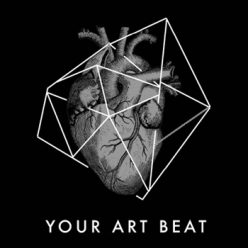

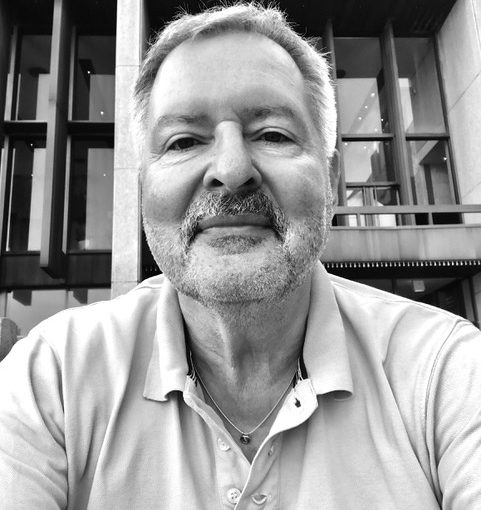
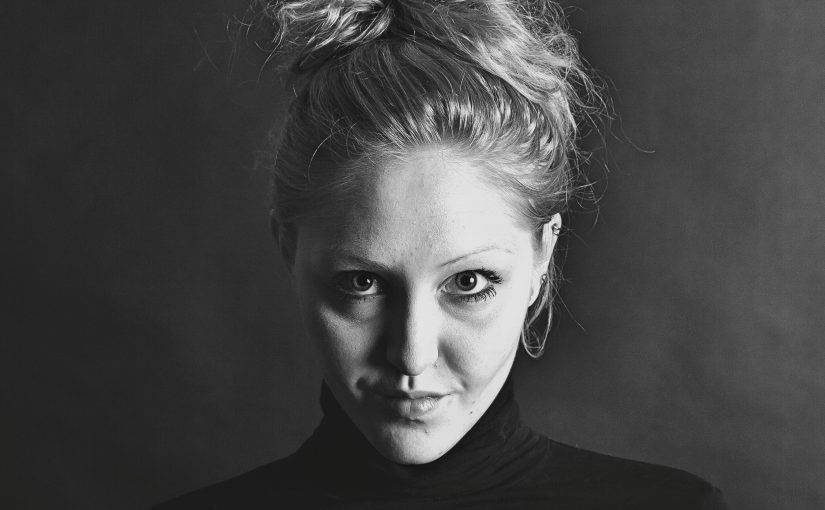
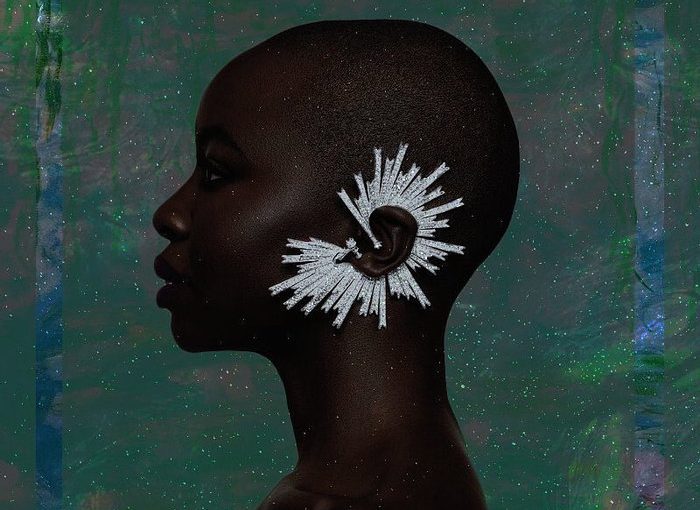
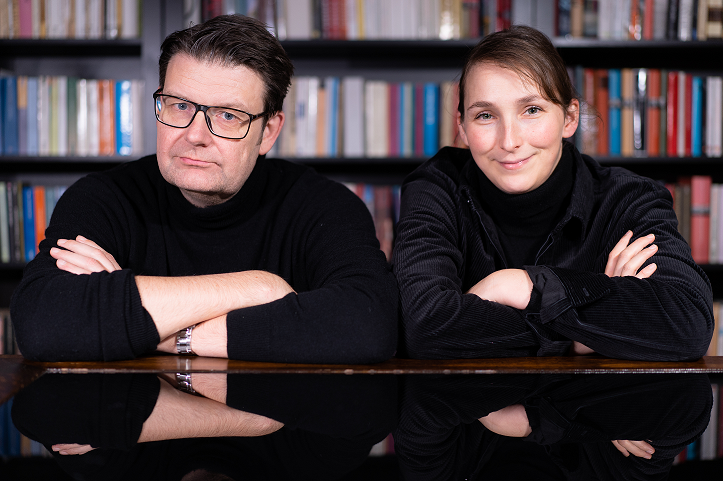


 Worum geht’s in „Von Pinguinen und Drachen?“
Worum geht’s in „Von Pinguinen und Drachen?“

